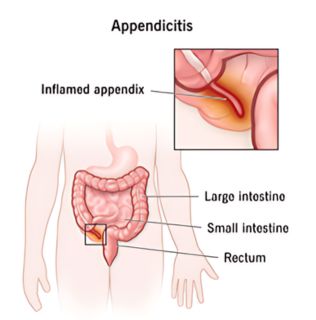
Further, Swami Kuvalayanandaji’s research, using X-ray experiments, showed that certain yoga practices can help shift the position of the cecum and appendix away from the pressure of surrounding muscles. Techniques like Uddiyana and Nauli can lift the cecum and appendix upwards, while poses like Sirshasana and Sarvangasana can dislodge them from their normal spots. These movements relieve pressure on the appendix caused by muscles like the psoas, allowing better blood flow and reducing the risk of kinking. Overall, these yoga practices promote the natural mobility of the appendix and cecum, potentially preventing issues like appendicitis.
However, Swamiji has mentioned that these practices can be effective only in cases of chronic appendicitis or can be used as preventive practices. In acute appendicitis, Swamiji has recommended a surgical operation. Moreover, it was a common practice that a very small percentage of operations are done during the attack of appendicitis. Hence, Swamiji suggested that when the acute symptoms disappear, there is every scope for other remedies to be tried.
Swamiji reported a very interesting case regarding yoga practices and chronic appendicitis. Although this was not reported as a case study, the letter received from the young patient suffering from chronic appendicitis was published in the Yoga Mimamsa Journal in 1926. The letter stated that a young man experienced sudden abdominal pain in September 1924, which persisted despite various medical consultations. Diagnosed with chronic appendicitis, he endured the pain until discovering Yogic poses taught by Swami Kuvalayanandaji. Within 15 days of practicing these poses, he noticed significant improvement, and within two months, the pain disappeared entirely. Not only did the Yogic practices alleviate his pain, but they also boosted his vitality and mental and physical capacity. The patient was cured and advocated for the utility of Hatha-Yoga practices for chronic appendicitis. In fact, this was the first ever case report wherein yoga practices were successfully used as therapy and published in the form of a letter.







